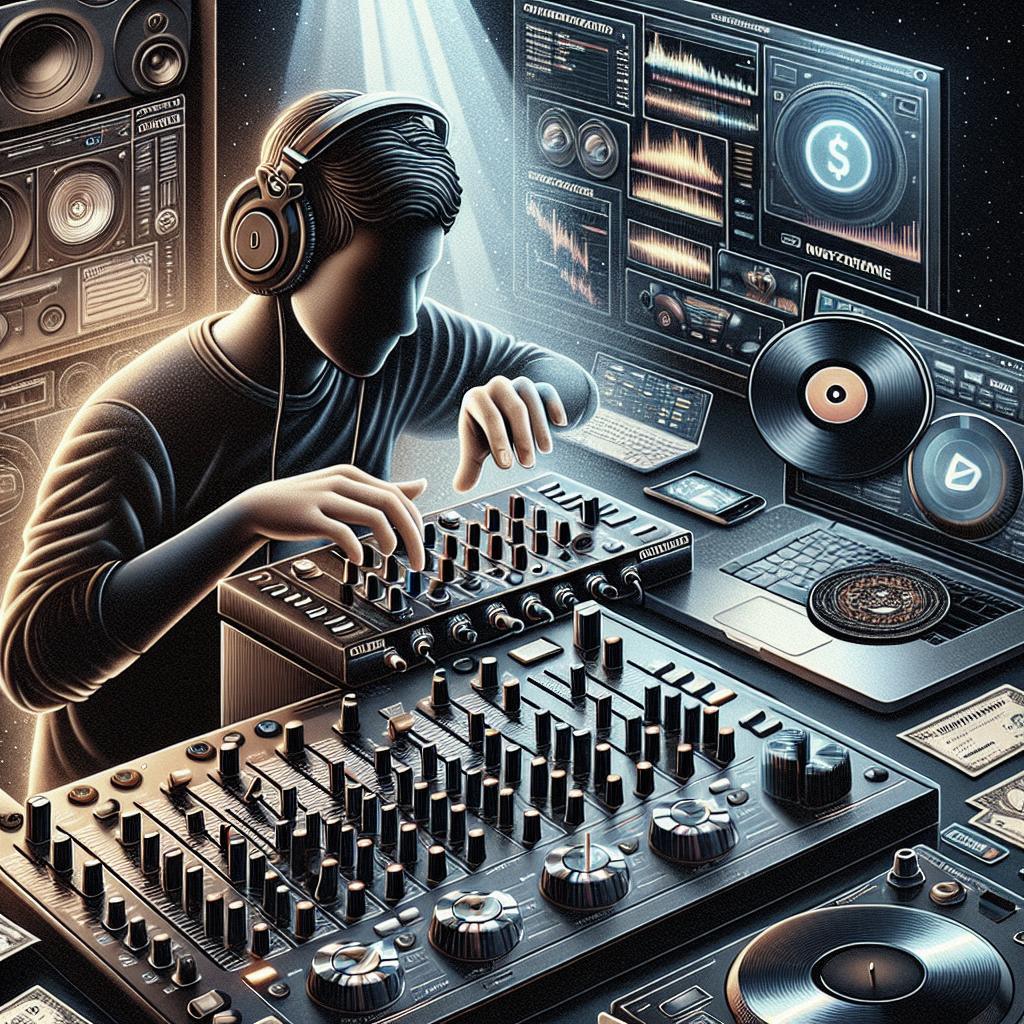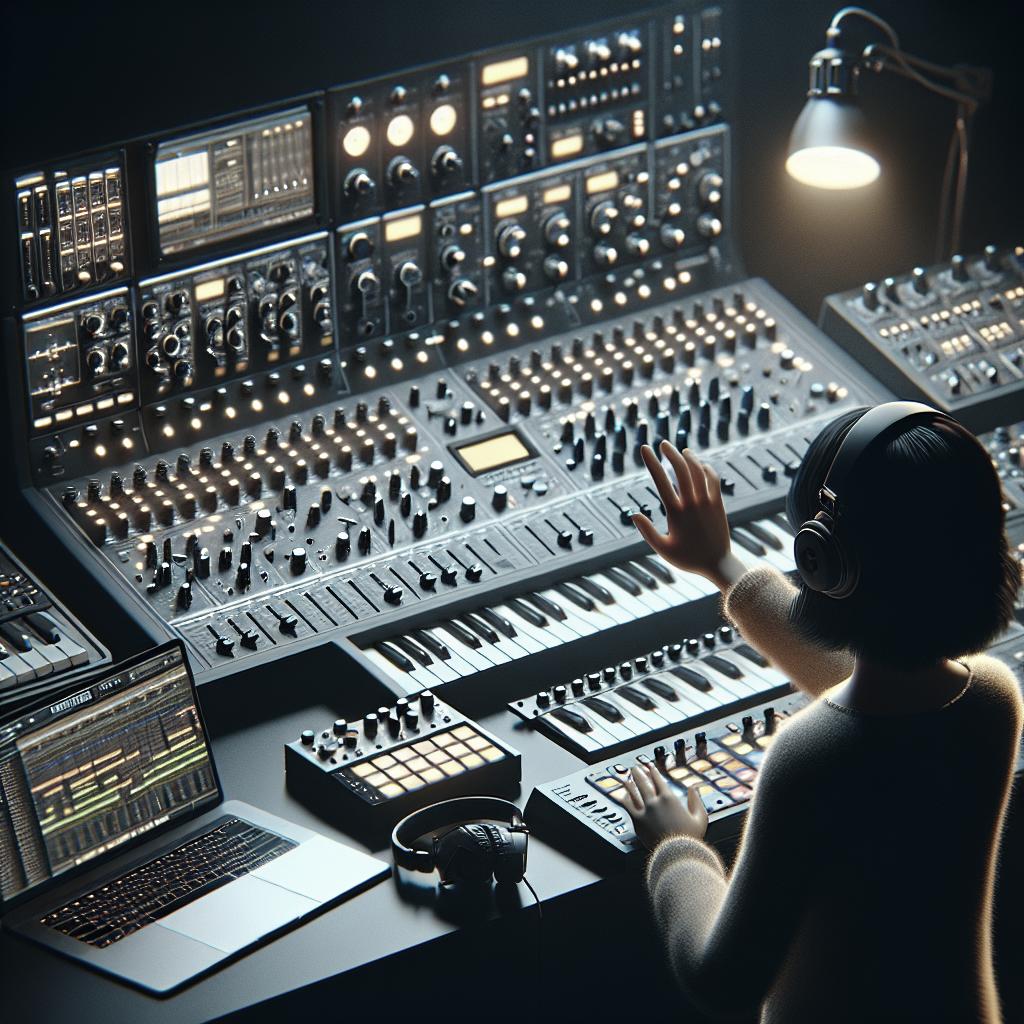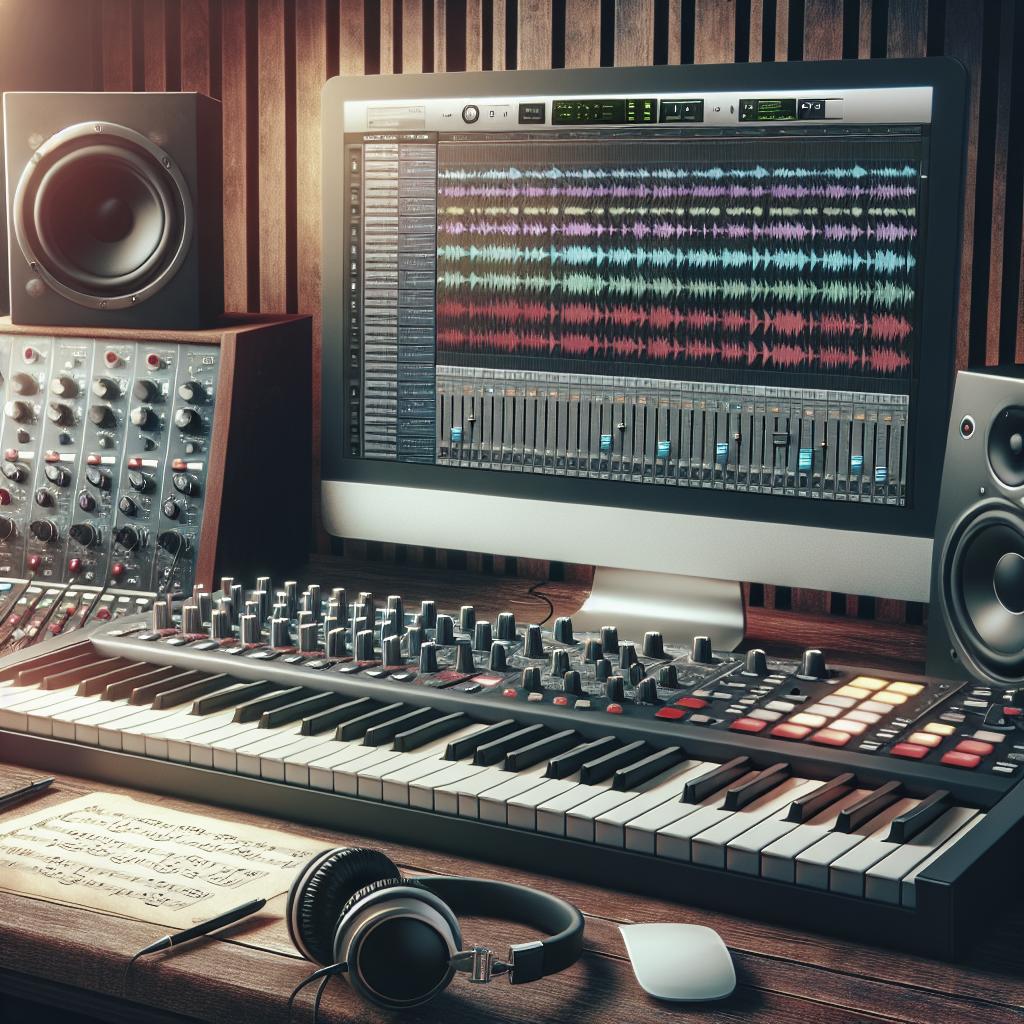<>
“`
As the landscape of the music industry continues to evolve, artists must adopt a diversified approach to generating revenue. Electronic music, with its broad appeal and digital-friendly nature, offers multiple streams of income for savvy musicians. This blog post explores how to monetize your electronic music through various avenues, including digital sales and streaming royalties, merchandising and branding, live performances and touring, and sync licensing and publishing. Each of these elements provides unique opportunities for financial growth, ensuring that your creative efforts are both satisfying and sustainable.
Digital Sales and Streaming Royalties
In today’s digital age, one of the primary ways electronic musicians can monetize their work is through digital sales and streaming royalties. Platforms such as iTunes and Amazon Music allow artists to sell their tracks directly to fans, offering immediate returns from each purchase. Additionally, Bandcamp empowers artists to set their prices and earn a larger share of the sales, fostering a more equitable distribution of profits.
Streaming platforms like Spotify, Apple Music, and Tidal have become indispensable tools for musicians aiming to reach a global audience. Here, artists earn royalties based on the number of streams their tracks receive. While the per-stream payout can be relatively low, it can accumulate into a significant income stream, especially if the artist’s music gains widespread popularity. Implementing strategies such as regular releases, playlist pitching, and social media promotion can enhance your visibility and streaming numbers.
Merchandising and Branding
Merchandising and branding are powerful avenues for monetizing electronic music, extending revenue potential beyond just the audio tracks. Creating a strong, recognizable brand can entice fans to purchase branded merchandise such as t-shirts, hats, posters, and even digital products like sample packs and exclusive remixes. Websites like Merchbar and Teespring enable artists to create and sell merchandise with minimal upfront costs.
An effective merchandising strategy involves understanding your fan base and offering products that resonate with them. Limited edition items, exclusive pre-orders, and creative collaborations can drive excitement and urgency, compelling fans to make purchases. Moreover, leveraging social media platforms and online shops can significantly boost your merchandising efforts, providing a seamless purchasing experience for fans worldwide.
Live Performances and Touring
Live performances and touring have long been cornerstones of an artist’s revenue stream, and electronic music is no exception. DJs and electronic music producers can capitalize on the vibrant nightclub and festival scenes, which offer lucrative opportunities for live performances. By booking gigs at popular venues, artists not only earn performance fees but also gain exposure to new, enthusiastic audiences.
Tours, whether local, national, or international, can be a major source of income. They provide artists with multiple revenue streams, including ticket sales, merchandise sales at events, and sponsorship deals. Planning a successful tour involves careful logistics, including venue selection, marketing strategies, and travel arrangements, but the potential financial rewards and the chance to connect with fans on a personal level make it well worth the effort.
Sync Licensing and Publishing
Sync licensing and publishing are often overlooked yet highly profitable revenue streams for electronic musicians. Sync licensing involves placing your music in various media formats, such as movies, TV shows, commercials, and video games. These placements can result in substantial payouts and can also introduce your music to broader audiences. Companies like Songtradr and Music Vine specialize in helping artists secure licensing deals.
Publishing, on the other hand, involves earning royalties whenever your music is played publicly, whether on radio, TV, or other public platforms. Joining a Performance Rights Organization (PRO) like ASCAP, BMI, or SESAC ensures that you receive these royalties. Additionally, partnering with a music publisher can open doors to co-writing opportunities and further licensing deals, providing a steady stream of income while enhancing your industry network.
Balancing Artistry and Revenue for Long-Term Success
While there are numerous ways to monetize electronic music, it’s crucial to strike a balance between artistry and revenue to ensure long-term success. Prioritizing quality and authenticity in your music can lead to more sustainable and loyal fan relationships, which in turn supports your overall monetization strategy. Fans are more likely to invest in artists who they feel genuinely connected to and whose work resonates with them on a deeper level.
Moreover, diversifying your revenue streams not only mitigates financial risks but also enables you to continue pursuing your passion without compromising artistic integrity. By engaging in both creative and entrepreneurial activities, you can build a robust career that adapts to the ever-changing music industry landscape. Staying informed about market trends and continually honing your skills will keep you ahead of the curve, ensuring that your electronic music career thrives in the long run.
Future Prospects
| Monetization Avenue | Key Points |
|---|---|
| Digital Sales and Streaming Royalties | – Sell music on platforms like iTunes and Amazon Music. – Earn royalties through streaming services like Spotify and Apple Music. – Use strategies like regular releases and playlist pitching for visibility. |
| Merchandising and Branding | – Create branded merchandise like t-shirts and posters. – Use platforms like Merchbar and Teespring. – Implement effective marketing strategies. |
| Live Performances and Touring | – Book gigs at nightclubs and festivals. – Plan and execute successful tours. – Earn income through ticket and merchandise sales. |
| Sync Licensing and Publishing | – Place music in media formats like movies and TV shows. – Join PROs and secure publishing deals. – Work with companies like Songtradr for licensing opportunities. |
| Balancing Artistry and Revenue | – Maintain quality and authenticity in your music. – Diversify revenue streams. – Stay updated with market trends. |
“`


